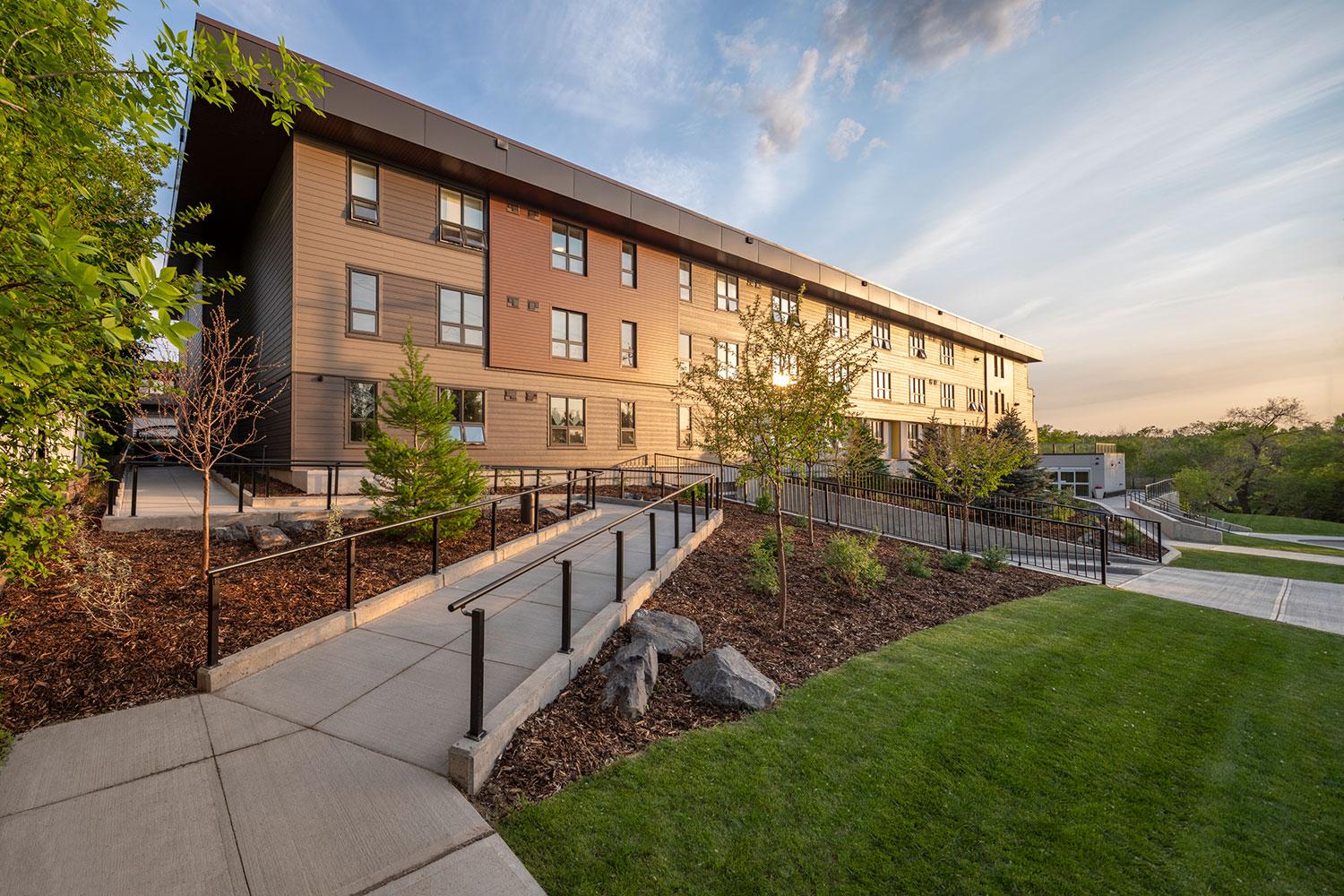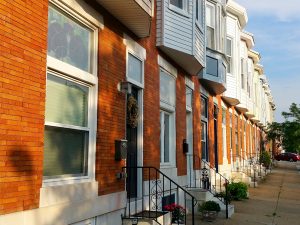- 13 October 2023
- 112
Universal Living: Real Estate’s Journey Toward Inclusive Design

Introduction
Inclusivity is not just a philosophy; it’s a foundation for a more accessible, equitable, and vibrant world. In this article, we embark on a journey through real estate’s evolving landscape, where inclusive design is becoming a driving force for change. Explore the principles of accessible architecture, adaptive technologies, and universal housing, and discover how inclusive design is transforming communities and urban landscapes for the better.
The Path to Inclusive Design
Inclusive design in real estate is the art of creating spaces, buildings, and communities that cater to the needs of all, regardless of age, ability, or background. It’s about fostering environments where everyone can live, work, and play without barriers.
The Building Blocks of Inclusive Real Estate
1. Accessible Architecture
At the core of inclusive design is accessible architecture. It goes beyond ramps and wider doorways, focusing on thoughtful placement of features for a wide range of physical and cognitive abilities. This means tactile signage for the visually impaired, well-placed handrails for those with mobility challenges, and spaces that are easy to navigate for everyone.
2. Adaptive Technologies
The integration of adaptive technologies is reshaping the landscape. From voice-activated controls that make homes smarter and more accessible to innovative solutions like smart home systems that cater to a variety of needs, technology is at the forefront of inclusive design in real estate.
3. Universal Housing
The concept of universal housing is gaining traction. It’s about creating homes that are adaptable and flexible, capable of evolving with the changing needs of their occupants. This approach is invaluable for individuals who face age-related challenges and for multigenerational households.

Voices from the Real Estate Community
We spoke with Karen Foster, a prominent architect known for her commitment to inclusive design:
“Inclusive design in real estate is a journey toward a better future. It’s about creating spaces that break down physical and social barriers. It’s not just about compliance with regulations; it’s about empathy and understanding. Real estate has the power to transform lives, and inclusive design is the compass guiding us.”
Real-World Impact
1. Multigenerational Housing
The rise of multigenerational housing is a testament to the transformative impact of inclusive design. Homes that accommodate grandparents, parents, and children of all ages ensure that families can live together harmoniously.
2. Co-Living Spaces
Co-living spaces are at the forefront of inclusivity. They provide fully furnished apartments and shared spaces designed for convenience and accessibility, ensuring a harmonious living experience for residents with diverse needs.
3. Adaptive Reuse Projects
Adaptive reuse projects are giving old buildings a new lease on life as accessible and vibrant community spaces. They seamlessly blend historic preservation with modern amenities, creating spaces that celebrate inclusivity.
Community Empowerment
Inclusive design doesn’t just empower individuals; it empowers entire communities. Real estate projects that embrace these principles foster vibrant and diverse neighborhoods, ensuring that everyone has the opportunity to participate fully in the community.
A Future of Possibilities
Inclusive design is not a trend; it’s a commitment to a world where everyone’s needs are met. As architects, developers, and communities continue to embrace these principles, our cities and homes will continue to break down barriers. The future is a place where everyone is welcome, valued, and able to thrive, regardless of their abilities or background. Real estate is not just building structures; it’s building a more inclusive world for all.

